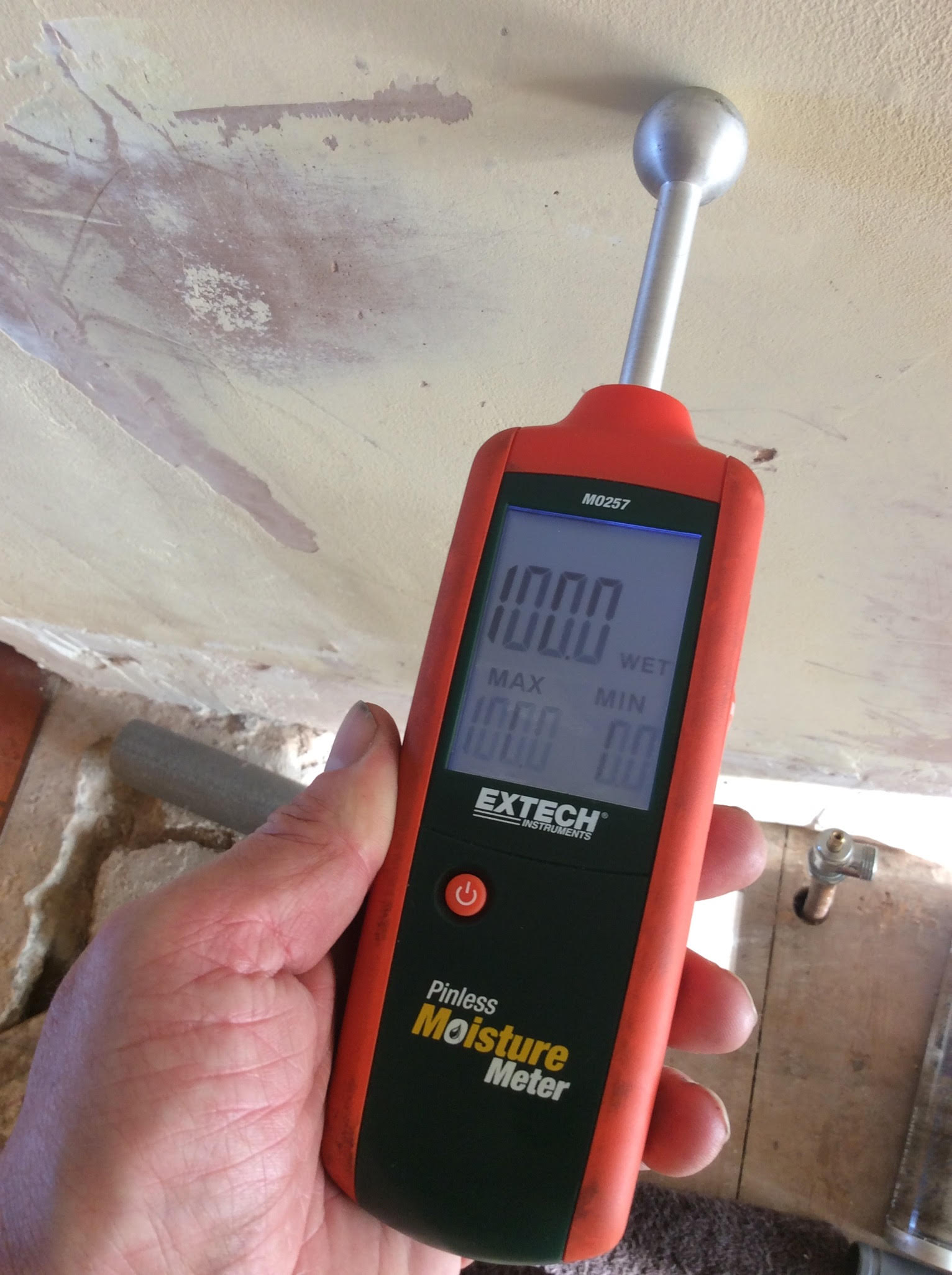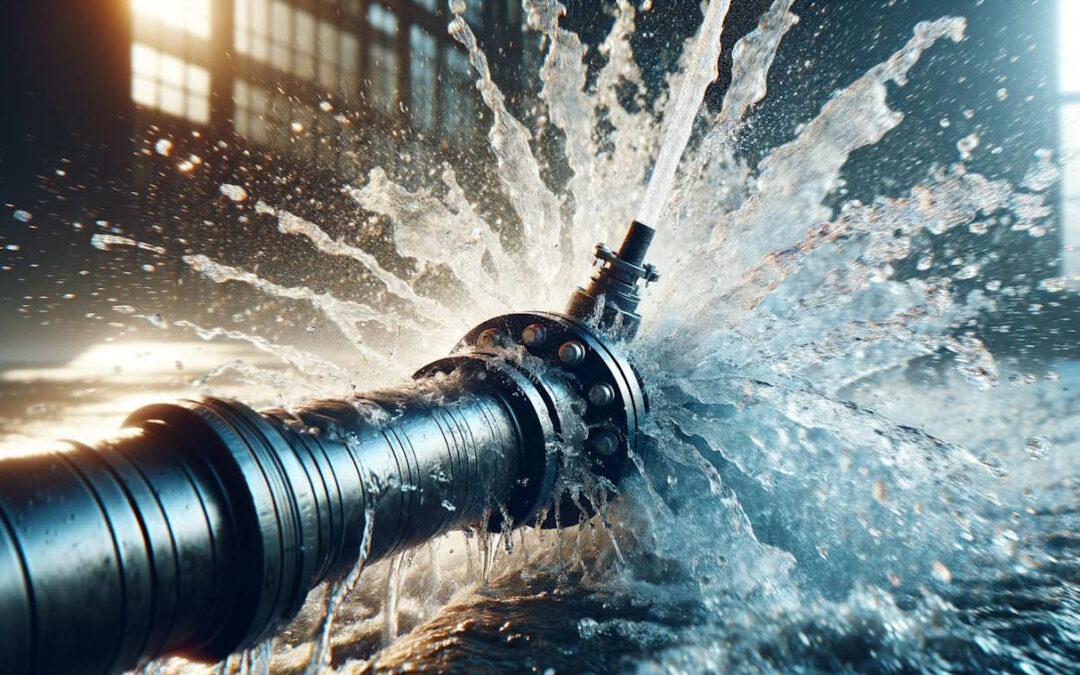Prevent Major Problems with Early Water Leak Detection and Trigger Services
Prevent Major Problems with Early Water Leak Detection and Trigger Services
Blog Article
Ingenious Solutions for Early Detection of Water Leaks in Buildings and Facilities
As the integrity of buildings and facilities is vital, the challenge of very early detection of water leaks has actually stimulated cutting-edge remedies that promise to transform the way we guard versus possible problems. From innovative leak detection innovations to the release of IoT sensors for real-time tracking, the landscape of leakage avoidance is advancing swiftly. Artificial intelligence formulas use a look into the future of leak forecast, while thermal imaging presents a non-intrusive method for determining hidden leakages. Automated water circulation evaluation systems are improving how leakages are recognized and dealt with, leading the way for a proactive strategy to water leak detection. Each of these solutions holds the essential to ensuring the dependability and longevity of our built atmosphere, triggering a change towards a more sustainable and efficient future.
Advanced Leak Detection Technologies
Advanced leakage detection technologies, equipped with innovative sensors and formulas, play an important function in swiftly recognizing and identifying water leaks in different setups. These technologies employ a mix of acoustic, thermal, and electro-magnetic noticing approaches to discover leakages accurately. Acoustic sensors identify the sound of escaping water, permitting specific localization of the leak resource. Thermal imaging identifies temperature changes caused by water leakage, providing an additional efficient method for leakage recognition. Electromagnetic sensors can identify changes in magnetic fields triggered by water, using yet another layer of leak detection ability.

IoT Sensors for Real-Time Tracking
In the realm of contemporary water leakage detection, the integration of IoT sensors for real-time surveillance represents a crucial innovation in boosting positive leak discovery capacities. These sensing units provide constant tracking of water supply, supplying real-time information on water circulation prices, pressure variations, and temperature adjustments. By leveraging IoT modern technology, these sensors can spot even the smallest abnormalities in water usage patterns, enabling very early identification of potential leaks prior to they escalate into significant concerns.
IoT sensors transmit information to a centralized platform, where sophisticated formulas analyze the info and generate informs or notices when abnormalities are spotted. This real-time monitoring capability permits homeowner or facility supervisors to immediately resolve leakages, lessening water damage, decreasing repair costs, and preserving water sources.
In addition, IoT sensing units Get More Information can be integrated with building monitoring systems, permitting automatic actions to spotted leaks, such as turning off water shutoffs or triggering pumps to alleviate the Continue impact of leaks. Generally, the implementation of IoT sensors for real-time tracking considerably boosts the effectiveness and performance of water leakage discovery in buildings and facilities.
Maker Knowing Algorithms for Leak Forecast

One key benefit of utilizing device knowing for leak prediction is its capacity to continually discover and improve its precision gradually. As even more information is gathered and fed into the formula, it can fine-tune its predictions and adjust to altering conditions, eventually increasing the integrity of leak discovery systems.
Moreover, artificial intelligence algorithms can help in recognizing subtle indications of leakages that might go undetected by typical surveillance methods. water leak detection. By assessing intricate information embed in real-time, these algorithms can supply very early cautions and informs, permitting prompt treatment and precautionary upkeep to reduce possible water damages and associated expenses
Utilizing Thermal Imaging for Leakage Discovery
Thermal imaging modern technology supplies an encouraging technique for discovering water leaks in various systems and frameworks. By utilizing infrared radiation and temperature variances, thermal imaging cameras can recognize concealed leakages that are not quickly noticeable to the naked eye. When water original site escapes from pipes or structures, it typically transforms the temperature of the surrounding location, producing temperature level differentials that thermal cameras can capture. These temperature level abnormalities are after that converted into visible photos, highlighting the specific location of the leak.
One of the vital benefits of thermal imaging for leakage discovery is its non-intrusive nature. Unlike traditional approaches that may need getting into walls or floorings to situate leaks, thermal imaging allows for non-destructive testing. This not only saves time and decreases prices yet also reduces disturbance to the structure or facilities being evaluated. In addition, thermal imaging can swiftly scan large areas, supplying a thorough overview of prospective leakage sources in a prompt way. On the whole, the use of thermal imaging technology boosts the performance and accuracy of water leakage detection, making it a valuable tool for keeping the integrity of structures and facilities.
Automated Water Circulation Analysis Equipments
Exactly how can automated water circulation evaluation systems change the discovery and administration of leakages in various systems and facilities? Automated water flow analysis systems offer a proactive technique to leak detection by continuously keeping track of water circulation prices and patterns. By developing standard data, these systems can rapidly recognize inconsistencies that might indicate a leakage, allowing timely intervention to avoid substantial damages.
These systems make use of sophisticated formulas to evaluate real-time data and offer immediate signals when abnormalities are identified, permitting quick activity to be taken. Additionally, automated water flow evaluation systems can be integrated with building administration systems or IoT platforms, improving general efficiency and allowing remote tracking capacities.
Furthermore, the data accumulated by these systems can be utilized for predictive maintenance objectives, assisting to recognize prospective powerlessness in the framework prior to leakages occur. Overall, the implementation of automatic water flow analysis systems can considerably improve leakage detection and administration practices, eventually bring about cost financial savings, reduced water wastage, and boosted sustainability in structures and infrastructure.

Verdict
Finally, the assimilation of sophisticated leakage detection modern technologies, IoT sensing units, machine learning algorithms, thermal imaging, and automated water circulation evaluation systems offers innovative solutions for early detection of water leaks in structures and infrastructure. These modern technologies make it possible for real-time monitoring, prediction of leakages, and efficient discovery methods to prevent water damages and waste. Applying these remedies can aid in preserving the integrity and sustainability of water supply in numerous setups.
Report this page